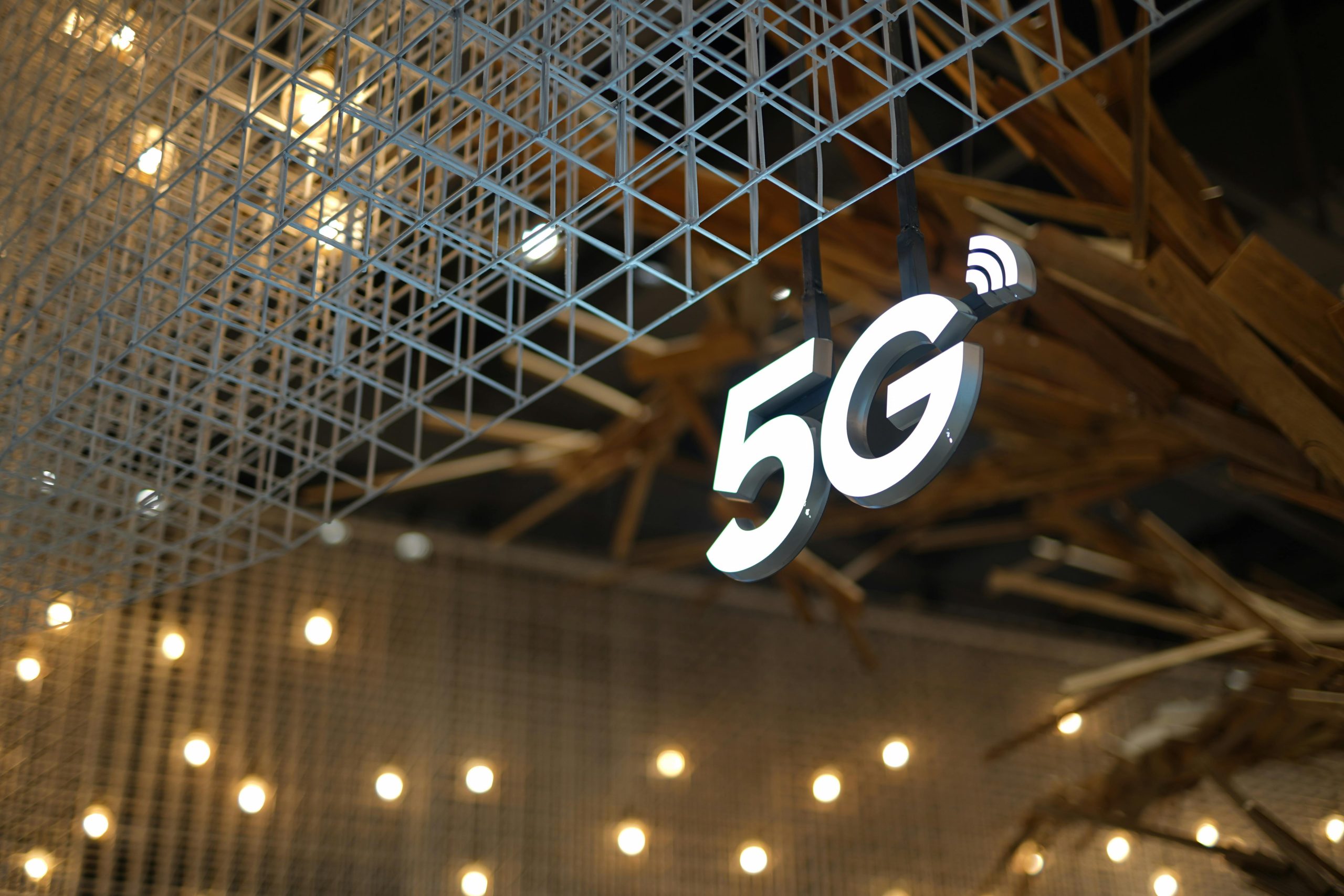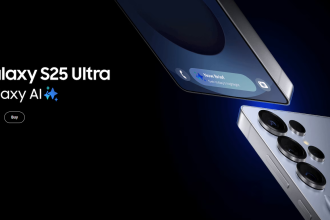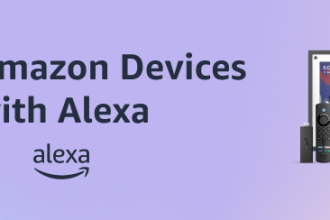The Next Generation of Connectivity
The advent of 5G technology is one of the most significant technological shifts in modern communication. 5G promises to change how we connect to the internet, how devices communicate with each other, and how businesses and individuals experience the digital world. But what exactly makes 5G different from previous generations of wireless technology, and how is it poised to revolutionize communication across the globe?
Unlike its predecessors—3G and 4G—5G is designed to provide much faster speeds, greater bandwidth, and lower latency, facilitating a range of new applications that were previously not possible. This leap forward will have far-reaching consequences for industries, healthcare, entertainment, and even our daily lives.
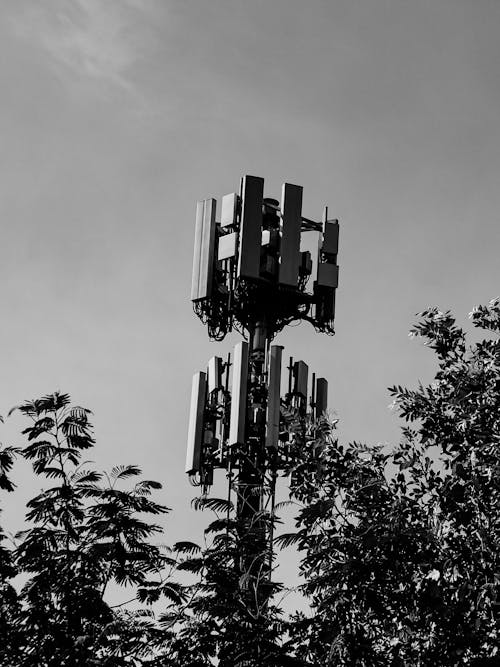
The Speed and Efficiency of 5G
At its core, 5G technology is faster than any wireless standard that came before it. With peak download speeds potentially reaching up to 10 Gbps, 5G is roughly 100 times faster than 4G, enabling users to download massive files, stream high-definition video, and engage in data-heavy activities without any noticeable lag.
This dramatic increase in speed opens up a world of possibilities. For consumers, it means seamless streaming of ultra-high-definition (UHD) content and the ability to download large files in mere seconds. The potential for real-time applications, like remote gaming and augmented reality (AR), becomes more viable with 5G, offering experiences that are smoother, faster, and more interactive.
Low Latency: A Game-Changer for Communication
Another hallmark of 5G is its incredibly low latency. Latency refers to the delay between sending and receiving data across a network. In 5G, this delay is reduced to as little as one millisecond, compared to the 30 to 50 milliseconds typically seen in 4G networks.
This reduction in latency is crucial for applications where real-time communication is key. In healthcare, for instance, 5G enables remote surgery where a surgeon can operate on a patient from across the world, with the real-time feedback needed for success. Similarly, for autonomous vehicles, 5G ensures that the car’s system can instantly process data from its environment, enabling it to make decisions on the fly to ensure safety.
The Impact of 5G on the Internet of Things (IoT)
One of the most significant benefits of 5G is how it will advance the Internet of Things (IoT). As more devices become connected to the internet—everything from refrigerators to streetlights—5G provides the network infrastructure to support this massive expansion.
With 5G, it’s not just about more devices being connected; it’s about them being able to communicate faster and more efficiently. 5G’s high bandwidth and low latency make it possible to link up billions of IoT devices without overloading the network. Imagine a smart city where traffic lights adjust in real time based on traffic flow, waste management systems are optimized for efficiency, and even healthcare services are delivered using connected medical devices.
5G will serve as the backbone for these interconnected systems, making it possible for devices to function in harmony, leading to greater efficiency and smarter environments.
Transforming Industries and Business Practices
The impact of 5G will be felt across a range of industries, and its potential for driving change is immense. In manufacturing, for example, 5G will facilitate the rise of Industry 4.0, where smart factories will rely on real-time data to automate processes, monitor systems, and improve production efficiency. The low latency of 5G means that robots and machines can communicate instantly with one another, improving coordination and reducing the risk of errors.
In agriculture, 5G can enable precision farming by providing real-time data on soil conditions, weather patterns, and crop health. This can lead to better resource management, optimized crop yields, and reduced environmental impact. Farmers will be able to make data-driven decisions quickly, improving productivity and sustainability.
In logistics, 5G will enable real-time tracking of goods as they move through supply chains. With faster communication and more reliable data transfer, businesses will be able to make quicker decisions, streamline operations, and reduce inefficiencies.
5G and Healthcare: Remote Monitoring and Telemedicine
One of the most impactful areas where 5G technology is set to revolutionize the industry is healthcare. The healthcare sector has long struggled with the limitations of 4G networks, which could not fully support the bandwidth and low-latency requirements of advanced medical applications.
With 5G, doctors will be able to provide high-quality care remotely. Telemedicine will see a significant boost, enabling doctors to conduct real-time video consultations with patients, no matter where they are located. Additionally, wearable devices that monitor health metrics like heart rate, blood pressure, and oxygen levels will send data instantaneously to medical professionals, allowing for continuous monitoring and early detection of potential health issues.
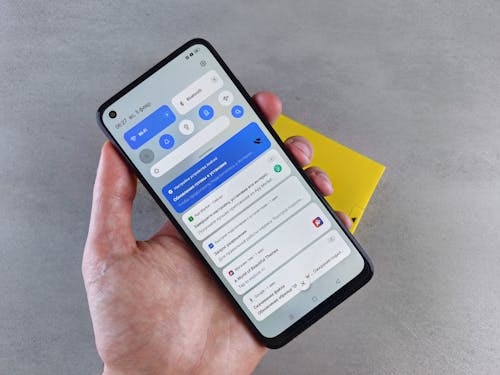
For surgeries, 5G will make remote operations more feasible. Surgeons could potentially perform procedures via robotic systems that are controlled in real-time from anywhere in the world. This could not only save lives in emergency situations but also increase access to specialized care for patients in underserved regions.
5G and the Future of Entertainment
The entertainment industry will also be deeply impacted by the advent of 5G. The increased bandwidth and lower latency of 5G will allow for immersive experiences that were previously unimaginable. For instance, 5G will make cloud gaming more accessible by providing faster data speeds and reducing lag, enabling gamers to play high-quality games on their mobile devices without the need for expensive consoles or gaming PCs.
Additionally, virtual reality (VR) and augmented reality (AR) will see widespread adoption in both gaming and other industries, such as education, retail, and real estate. With the speed and responsiveness of 5G, users will be able to experience VR and AR content without the frustrating lag or buffering that can currently break immersion.
For content creators, 5G will make it easier to upload and share high-definition videos, livestream events in real-time, and create new interactive experiences for viewers. This will not only benefit consumers but also enable businesses in the entertainment sector to enhance the user experience and explore new ways of engaging audiences.
The Global Implications of 5G Deployment
While the benefits of 5G technology are clear, its global deployment presents challenges. Building the infrastructure required for 5G, including the installation of small cell towers and fiber-optic networks, is a complex and costly process. For countries and regions that are still grappling with 4G infrastructure, transitioning to 5G may take time.
Moreover, 5G will have significant economic and social impacts. The widespread availability of faster, more reliable internet will help bridge the digital divide, enabling greater access to information and services in underserved communities. However, the economic benefits of 5G will also be tied to each region’s ability to deploy the technology effectively, creating potential inequalities between countries that are quick to adopt and those that are slower to catch up.
The Challenges Ahead: Security and Privacy Concerns
Despite the promises of 5G, it also raises concerns, particularly around security and privacy. The increased number of connected devices and the critical nature of 5G-enabled systems mean that any vulnerabilities in the network could have far-reaching consequences. For example, a cyberattack on a 5G network could potentially disrupt everything from transportation systems to healthcare services.
To mitigate these risks, network operators and device manufacturers will need to adopt robust security measures, such as end-to-end encryption, secure software updates, and threat detection systems. Privacy concerns are also significant, especially as more data is generated and shared across 5G networks. Ensuring that personal data is kept secure and is only shared with the appropriate parties will be an ongoing challenge.
Looking to the Future
5G technology is not just about faster internet speeds or more connected devices. It’s about creating an entirely new ecosystem of communication and interaction that will shape the way we live and work for years to come. As 5G networks become more widespread, they will drive innovation across industries, enable new business models, and improve the quality of life for people all over the world.
In the coming decade, the full potential of 5G will be realized, transforming how we interact with technology, access services, and experience the digital world. With the right investment, collaboration, and security measures, 5G has the potential to make our connected world faster, smarter, and more efficient than ever before.
